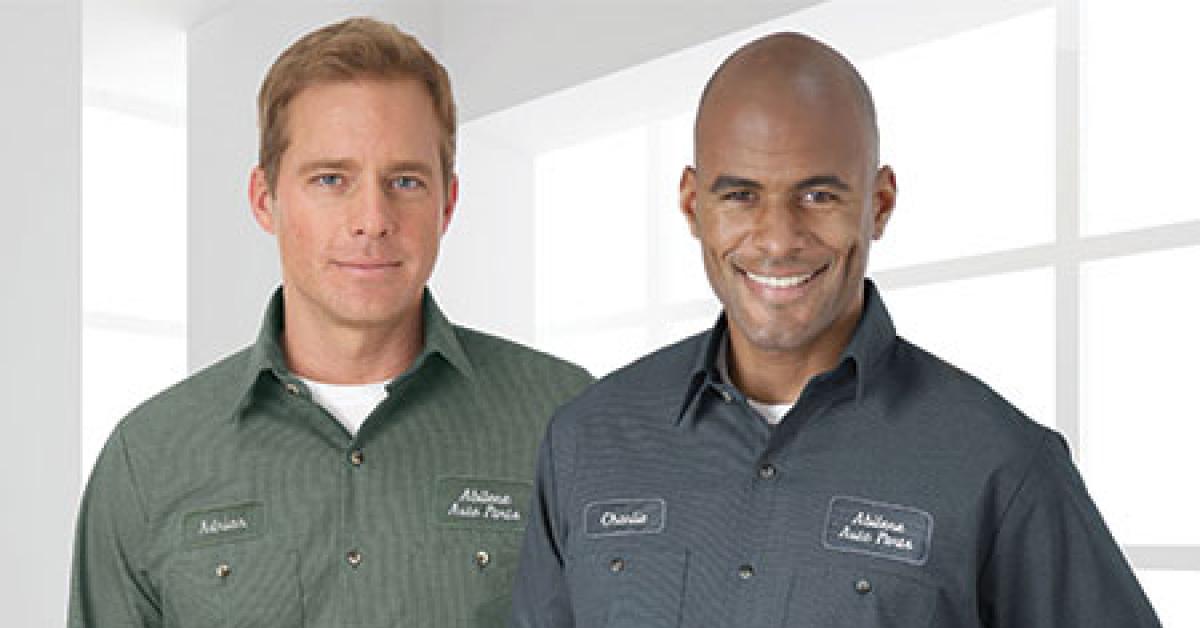CHICAGO — Those companies selling or renting uniforms will be offering their customers a bit more variety in 2014. As in previous years, customers will want performance, with products that look good, last longer, and are offered at a good price.
But after talking to several experts in the industry on this topic, they all mentioned that customers also want more choices in uniforms, so that uniform-wearers can have more say in what they wear.
FASHION TRENDS IMPORTANT TO SOME SEGMENTS
Keeping up with the latest fashion trends is a priority for some segments of the industry, while not as important for others. For example, Cintas devotes a lot of resources to monitoring the latest trends.
“It influences us 100 percent,” says Kristin Sharp, director of design and merchandising for the company. Sharp is based in the uniform company’s Chicago office. “Many of our customers are two or three years behind the times. Employees want to be up to date. Today, lapels are narrower, suiting slimmer. Polyester blends are made to hold their look for an eight-hour day. Comfort, of course, is big.
“I have 10 designers who go to fashion shows. We want people to be excited about their uniforms.”
According to Barb Herman, laundry apparel services division manager for SanMar, based in Issaquah, Wash., her company tries to remain current, but does not make huge changes every year.
“Our best-selling categories are T-shirts and polo shirts, which tend to change little from year to year,” she says. “The core polo colors remain consistent, with navy, blue and black leading the charge, but we may add some fun colors, such as shock blue and voltage green, to offer customers more choices that trend more toward what they may see in retail.”
Getting input from customers on what they consider “trends” is important for UniFirst, according to Adam Soreff, the Wilmington, Mass., company’s director of marketing.
“We don’t typically chase fashion trends as they emerge, as they can so often be short-lived,” he says. “Instead, we maintain open channels of communication with our customers and potential customers in an effort to provide them with the classically styled and/or the contemporary-looking work apparel that they desire.
“In other words, our workwear consistently features designs and fabric options as defined by our customers—all of which are intended to work as hard as they do and to make employees (and businesses) look great.”
COMBINING STYLE WITH UTILITY
Another key challenge facing uniform makers is matching style with utility. The industry experts interviewed for this story have different ways of accomplishing that.
“The workforce used to be all blue collar, with blue shirts and navy slacks,” says Herman. “Now we have more of a service workforce. Folks don’t want to look like they are auto mechanics. They want to be relevant, and want to be able to go out for a drink after work and not be self-conscious.”
A good example from SanMar is the Tactical Polo Shirt, she says.
“It is a great example of where utility meets fashion. It has a microphone clip on each shoulder, and a placket with a pen stall. It might be used by a municipal worker, or a security guard. It is 100% polyester, wicks moisture, and is very comfortable.”
Soreff’s company is continually making subtle changes to respond to customers’ demands.
“We see the challenges in marrying contemporary style with utility in the ‘hidden’” aspects of uniform design,” he says. “Here are two quick examples: All UniFirst-branded shirts feature banded collars for a more upscale look and construction that contains more stitches per inch than competing products for improved overall durability. Meanwhile, all our work pants are designed to drape more like dress trousers for improved wearer comfort and overall image, yet are able to handle the rigors of the job at hand.”
According to Sharp, Cintas is passionate about utility, in addition to style and fit.
“We wear the same uniforms alongside our customers, to make sure they work,” she says. “We will follow people around while they do their jobs, in various categories. We try to stay relevant to all our markets. Personally, I have spent a lot of time with housekeepers. We want to keep them comfortable. We have 20 collections for housekeepers alone.”
SPECIALIZED FEATURES GROWING IN POPULARITY
As before, customers will continue to request products that improve wearer comfort, without sacrificing look or function. They also are seeking uniform fabrics that feel lighter, and effectively wick away moisture, and keep them cool in warmer temperatures and warmer while working cooler environments, according to Soreff.
“We also try to make more subtle design changes as a result of workers looking for improved convenience. Examples would be dedicated pockets to hold electronic devices, such as smartphones and iPods,” Soreff adds.
Cintas is also adding similar features. “We noticed that doormen at Marriott properties were wearing out their main pockets with pens; they were punching holes in the lining, so we created a separate pocket just for holding pens,” Sharp says.
Check back Wednesday for the conclusion!
Have a question or comment? E-mail our editor Matt Poe at [email protected].

